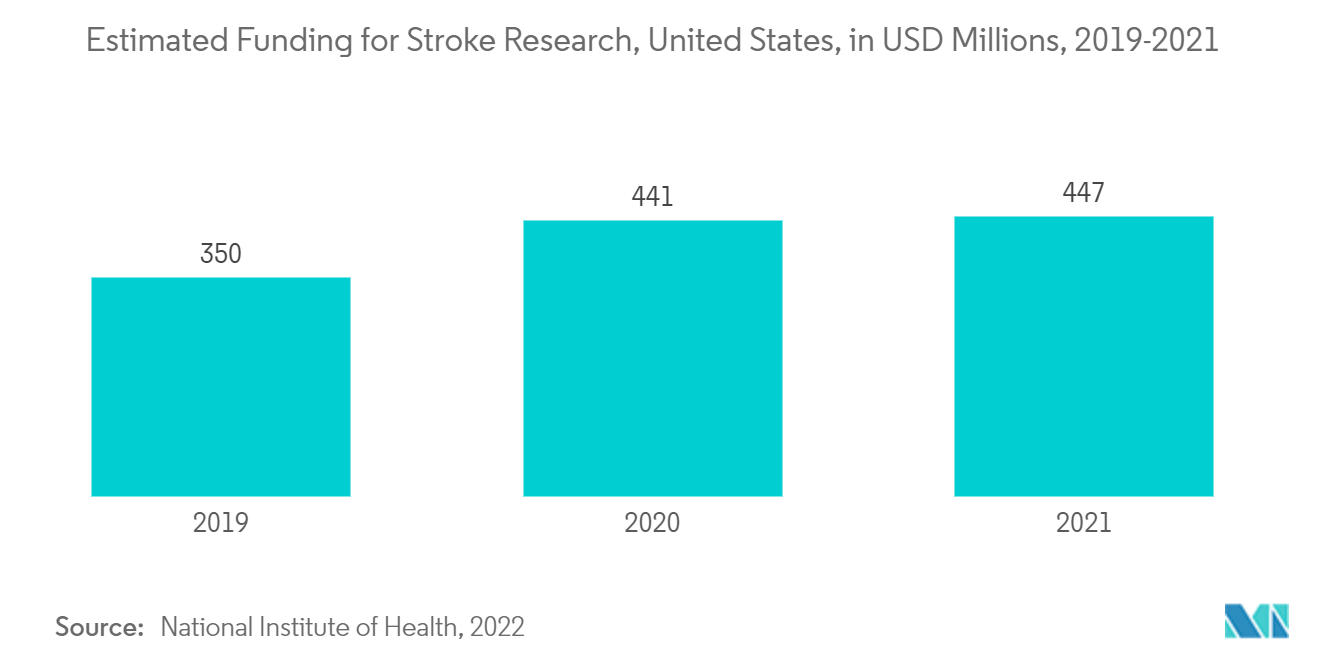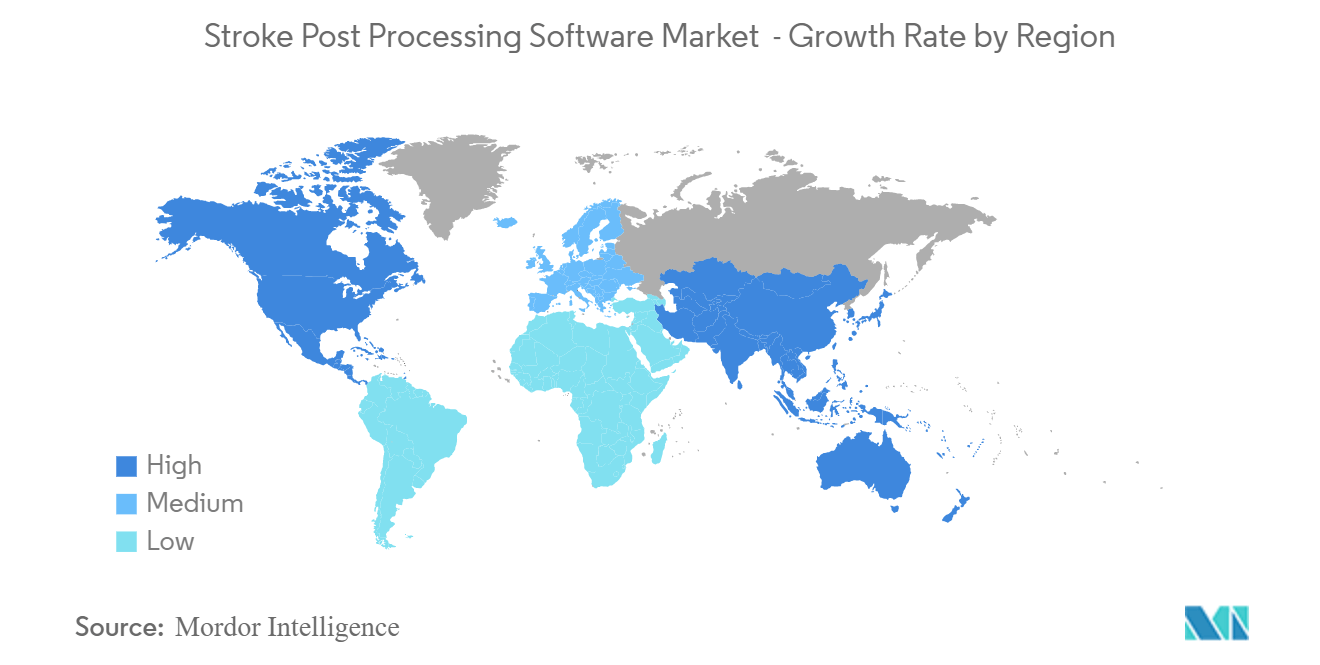Market Trends of Global Stroke Post Processing Software Industry
This section covers the major market trends shaping the Stroke Post Processing Software Market according to our research experts:
The MRI Segment is Expected to Hold a Major Market Share for Modality in the Stroke Post Processing Software Market
A stroke is a debilitating ailment that has a significant impact on a patient's quality of life, especially if it is not treated promptly. Early detection of a stroke can lessen the likelihood of the patient surviving with a handicap. The head, including the tissue and blood vessels, can be seen clearly with MRI imaging. Magnetic fields and radiofrequency pulses are used in an MRI to reveal any alterations in the brain. The market is divided into CT scan and MRI segments based on modality. Magnetic resonance imaging (MRI) is a useful diagnostic tool for detecting disorders such as lesions in the spine, cancers, and strokes that affect the blood vessels and brain. The rising prevalence of lesions in the spine, cancers, and stroke disorders is likely to contribute significantly to market expansion. The increasing demand for speedy and effective diagnostic treatments is projected to drive MRI machine usage. These MRI equipment are being installed in several nations. According to the National Health Service updates from December 2021, there were 40.3 million imaging tests reported in England in the 12 months from September 2020 to August 2021. Of these, 3.22 million imaging tests were reported to have taken place in August 2021. In August 2021, Plain Radiography (X-ray) was most common (1.6 million), followed by Diagnostic Ultrasonography (Ultrasound, 0.72 million), Computerized Axial Tomography (CT Scan, 0.49 million), and Magnetic Resonance Imaging (MRI, 0.29 million).
The MRI industry is growing because of advancements in diagnostic approaches such as open MRI, visualization software, and superconducting magnets. The majority of the recent advancements in MRI technology have been in software. These software innovations make contrast scans faster and the imaging procedure easier. Growing MRI technology enables the fast detection and diagnosis of stroke and helps in proper management. Diffusion and diffusion tensor imaging with tractography, neuroimaging comprising MR spectroscopy, perfusion imaging, and functional imaging employing the bold technique are projected to drive market growth throughout the forecast period. Moreover, the market is predicted to increase due to the increasing development of intraoperative MRI and its use in various applications such as neurosurgery throughout the forecast period.

North America is Expected to Hold a Significant Share in the Market and Expected to do Same in the Forecast Period
North America is expected to account for a sizable portion of the market. This is due to an increase in the incidence of chronic diseases like diabetes, an increase in demand for stroke management devices, the availability of advanced healthcare facilities with trained medical professionals, an increase in the number of R&D activities with a large presence of key players, and an increase in government investment in the healthcare system. The rising prevalence of chronic disorders, particularly neurological ailments, in this region drives up demand for imaging analysis. Throughout the predicted period, the region is likely to maintain its supremacy.
During the projected period, technological advancements combined with an increase in the incidence of chronic illnesses are expected to drive market expansion. Factors such as the increased stroke prevalence, massive patient population expansion, and supportive government investments in the creation of improved healthcare facilities in the region. Stroke affects more than 795,000 people in the United States each year, according to the United States Department of Health and Human Services 2020. As a result, hospitals and specialized institutions in the United States and Canada are increasingly using stroke post-processing software to help detect aneurysms and other vascular diseases.
The market is expected to benefit from the increased usage of artificial intelligence in the diagnosis and treatment of strokes. The market is expected to rise due to the introduction of newer technologies for patient data processing. By establishing a disease pattern from the tailored data, the processed patient data can focus on a specific group of people at risk of acquiring diseases. Market companies can expand their presence in developing countries by delivering sustainable healthcare solutions, making their products and services more accessible, and addressing digital difficulties.


